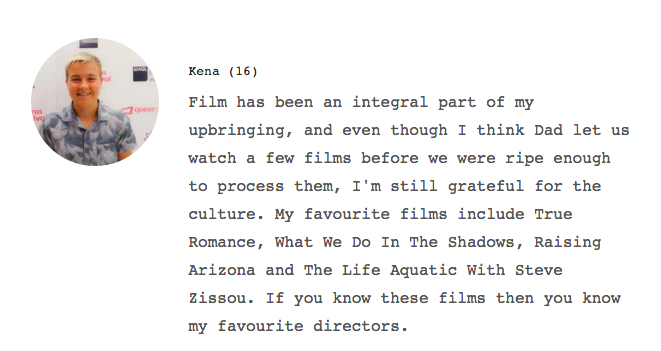Sameblod follows the story of Sami (native Scandinavian, also ‘Lappish’) teenager Elle-Marja who wants to go further than what her village Sami school can offer her. She wants to escape the prejudice against Sami people by Swedes within 1930s Sweden by becoming one of them; she changes her name, runs away to Uppsala, attends high school and meets a boy. However the portrayal of such racial prejudice was unnerving to watch, and I wasn’t alone in my discomfort – the entire audience hissed and gasped at some of the shots – namely the traumatic scene whereby a colonial Swedish doctor or scientist measures Elle-Marja’s head several times, and then forces her to strip and pose naked for photographs for scientific-anthropological studies. It reminded me of an instance in another film where African-American slaves are being measured, scrutinised and aesthetically valued in 12 Years A Slave. Seriously jarring.
This film raised many questions about racism and the colonial treatment of indigenous cultures in that the Sami had very limited access to education, experienced discrimination daily and therefore the coming-of-age of sisters Ella-Marja and Njenna was inconceivably difficult, particularly as the former tried to come to terms with her ethnicity, her culture and her place in the world all at once. The story told in this film reminded me very much of the stolen generations of our own country, and the racial stereotypes, prejudice, discrimination and exclusion I’ve only experienced through film. Sameblod was riveting, in-your-face and hard-hitting, but also delicate, gentle and succulent in its scenery and setting of beautiful Sweden. It explored Elle-Marja’s budding sexuality and the other more mundane features of teenagerdom, which were pleasantly mirrored in my current experience as a teenager, creating a tangible connection between viewer and character.
Sameblod is screening at the Sydney Film Festival and Melbourne International Film Festival.

